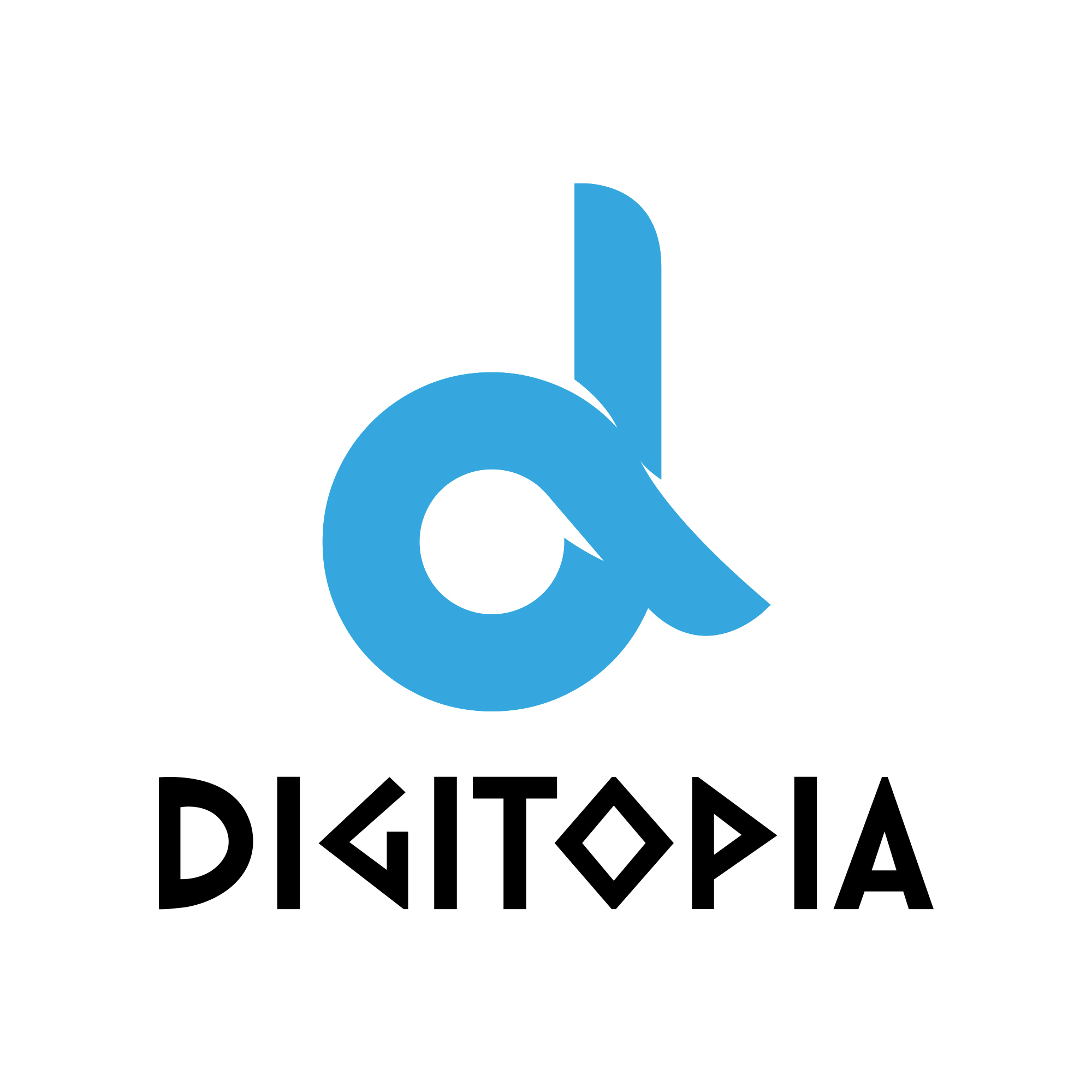The term Digitopia symbolizes a digital utopia — a world where smart technologies, artificial intelligence, and data-driven systems empower humans to live more efficiently, ethically, and creatively. As we move deeper into the 21st century, this vision is not just an idea; it’s becoming a reality.
Understanding the Meaning of Digitopia
At its core, it is the convergence of technology, culture, and humanity. In a Digitopian world, technology serves people — simplifying daily life, promoting learning, and improving well-being.
Digitopia isn’t just about gadgets or automation; it’s about the mindset behind digital progress. It envisions cities powered by clean tech, AI systems that make fair and conscious decisions, and digital spaces that encourage creativity and global collaboration.
The Pillars of Digitopia
To understand how it can reshape our world, it’s essential to explore the main pillars that support it.
1. Innovation with Purpose
Innovation in it isn’t driven by profit alone. It’s guided by purpose — creating technologies that solve real-world problems like climate change, poverty, and inequality. From green computing to AI-based healthcare solutions , innovation becomes a force for good.
2. Sustainability in the Digital Age
It emphasizes harmony between technology and the planet. Green data centers, renewable-powered devices, and e-waste recycling programs define this sustainable approach. In this society, tech development considers ecological impact first.
3. Human-Centered Design
Technology in this is intuitive, empathetic, and designed around human needs. Interfaces become simpler, experiences more personal, and devices more integrated into daily life without overwhelming it.
How Digitopia Impacts Daily Life
It is already influencing how we interact with technology — from smart homes that learn our habits to digital workspaces that foster collaboration. The modern lifestyle is increasingly this: efficient, adaptive, and interconnected.
In cities, sensors regulate energy use and traffic flow. In education, AI tutors personalize learning for every student. The integration of these systems creates smoother, safer, and more informed communities.
This seamless connection betweendigital tools and human life forms the backbone of the this movement.
Challenges on the Road to Digitopia
True it requires global cooperation — ensuring everyone has access to reliable internet, digital literacy, and equal opportunities to participate in the digital economy.
Governments, corporations, and individuals all play a role in building this balanced future. Regulation, ethical innovation, and education will determine how close we come to achie

